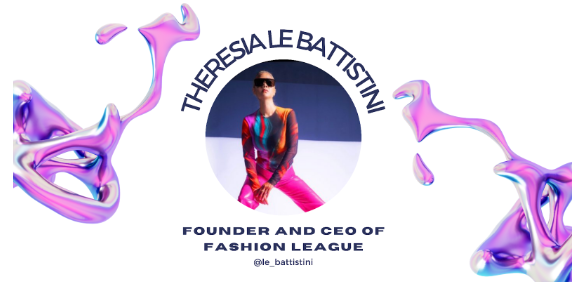6 tips for launching a blockchain startup
- Technology Solutions
- 0 Replies
These days, a blockchain startup founder should expect to navigate challenging waters. Even in the best of times, founders must both prepare for a bull market and be ready for possibly bearish territory.
Having a solid roadmap, real-world use cases and a war chest are only a small part of a blockchain startup’s survival strategy. Founders also need to be aware that while non-crypto startups can offer useful and transferrable launch strategies, the road to achieving success in the blockchain industry is paved differently.
Here are tips every blockchain founder should consider before launching.
Bear the market conditions in mind
Bear markets appear more attractive to blockchain businesses looking to launch. But before suiting up for winter, founders must assess whether it’s worth waiting to launch until market conditions are better.
Evaluate your startup with the same criteria investors use during a bear market. Investors want to see a strong roadmap with deadlines and benchmarks that don’t simply come and go with no activity, as this is a signal to investors that a slow rug pull is underway.
Continue reading: https://techcrunch.com/2022/10/12/6-tips-for-launching-a-blockchain-startup/
Having a solid roadmap, real-world use cases and a war chest are only a small part of a blockchain startup’s survival strategy. Founders also need to be aware that while non-crypto startups can offer useful and transferrable launch strategies, the road to achieving success in the blockchain industry is paved differently.
Here are tips every blockchain founder should consider before launching.
Bear the market conditions in mind
Bear markets appear more attractive to blockchain businesses looking to launch. But before suiting up for winter, founders must assess whether it’s worth waiting to launch until market conditions are better.
Evaluate your startup with the same criteria investors use during a bear market. Investors want to see a strong roadmap with deadlines and benchmarks that don’t simply come and go with no activity, as this is a signal to investors that a slow rug pull is underway.
Continue reading: https://techcrunch.com/2022/10/12/6-tips-for-launching-a-blockchain-startup/

























